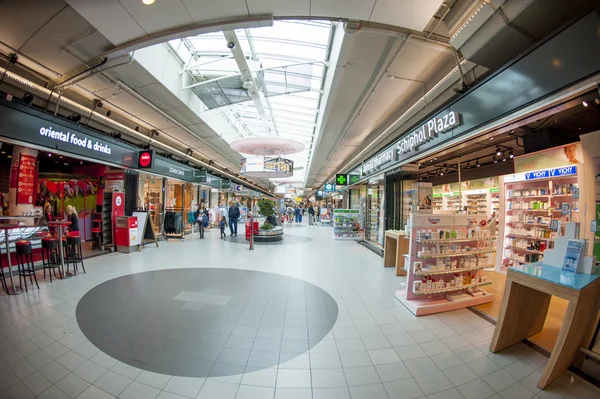
What happens when America’s shopping streets start to look emptier by the month? In 2025, that question is being answered in real time as some of the country’s most familiar retail names pull down their shutters-many for good. From party supplies to pharmacies, the wave of closures is remaking not just where people shop but the economic ecosystem that surrounds those stores.
The scale is staggering: More than 2,700 store closures have been announced so far this year, and the number could balloon toward 15,000 by year’s end, industry analysts warn. While giants like Walmart and Costco are still growing, a long list of legacy brands, specialty chains, and department stores are rapidly shrinking. Bankruptcy filings, shifting consumer habits, and the rise of online players like Shein and Temu are hastening the trend. Here’s a closer look at some of the biggest names vanishing from US streets in 2025-and what’s forcing them to retreat.
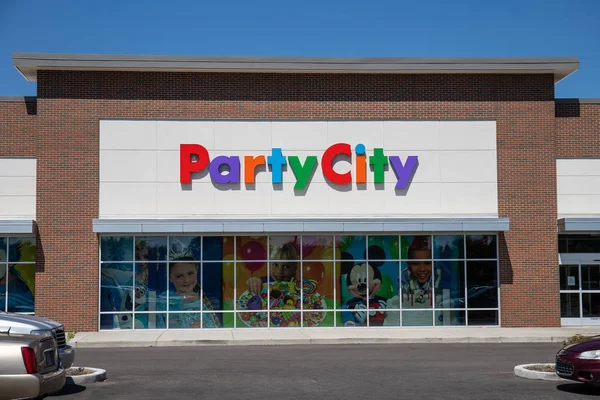
1. Full Stoppage by Party City
Once the go-to for balloons, costumes, and party décor, Party City is closing all 700 of its U.S. stores after filing for Chapter 11 in late December. “Very best efforts have not been enough to overcome,” CEO Barry Litwin said in a video call with staff, pointing to inflation, rising costs, and competition from online retailers. It’s the end of nearly 40 years in business and leaves over 16,000 workers jobless. The shutdown also underscores how even category leaders can be undone when fixed costs collide with fast-changing consumer preferences.
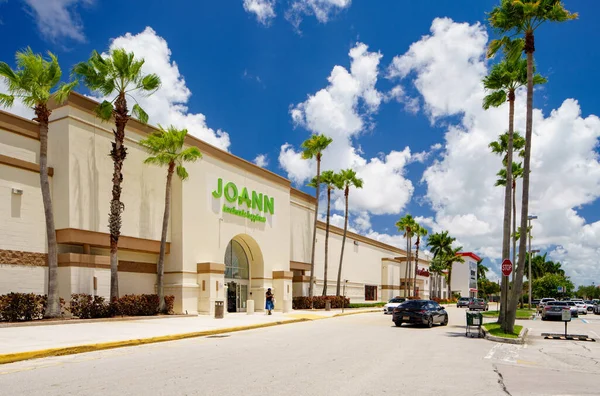
2. Joann’s 500-Store Exit
The fabric and craft retailer filed for bankruptcy for the second time in less than a year and announced it will close about 500 stores. It will leave about 350 Joann stores once the closures are complete. Analysts blame it on a combination of factors: declining foot traffic, competition from discount chains, and the migration of hobbyists onto online marketplaces. For many communities, Joann’s departure removes one of the few specialty craft suppliers still in physical retail, further consolidating that sector.
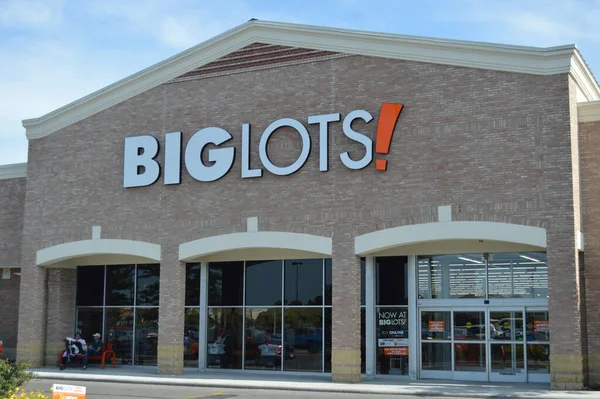
3. Big Lots sells off 480 stores
Big Lots avoided liquidation only on the back of a last-ditch rescue deal, and the new owners said they are selling the leases of 480 stores. Big Lots is suffering the fate of many value retailers facing high operating costs and fierce competition from dollar-store chains and online platforms. While other chains will take over some of the outlets, the scale of this exit will leave noticeable gaps in strip malls across the country.
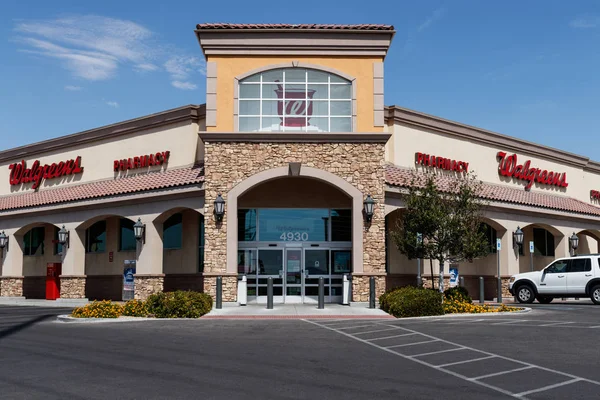
4. Walgreens Closing 450 Stores
Walgreens is set to shut 450 stores by the end of 2025, part of a multiyear footprint reduction. The bankruptcy of rival Rite Aid and shrinking at CVS illustrates a broader shakeout in the pharmacy business. But Chief Executive Tim Wentworth has framed the closures as part of an effort to “optimize our footprint” and stabilize the business. The impact will be significant for commercial real estate and for access to pharmacy services in particular communities.
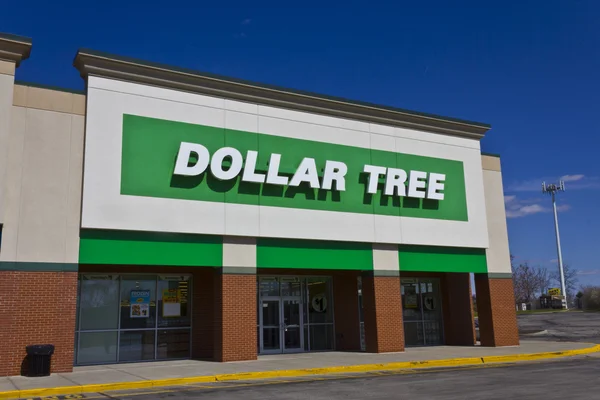
5. Family Dollar Strategic Retreat
Dollar Tree, parent company of Family Dollar, will close 370 stores this year, after shuttering 600 in 2024. The company is pulling back from the Family Dollar brand, while continuing to add locations under the Dollar Tree banner. They said even in the discount segment, brand positioning and store economics are forcing difficult choices on which banners will survive.

6. Carter’s Cuts 150 Stores
Children’s apparel giant Carter’s will close 150 stores over the next three years, with about 100 store closures both in 2025 and 2026. In addition, the company is cutting its corporate workforce by 15%. While profitable, Carter’s is redirecting its resources toward e-commerce and wholesale partnerships as it focuses on fewer, higher-performing locations.
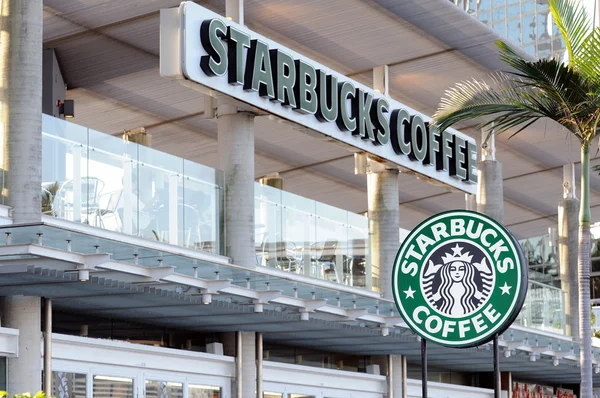
7. Starbucks Trims Underperformers
It will close more than 100 US stores-about 1% of its corporate-owned footprint-targeting sites where it says it cannot “create the physical environment our customers and partners expect” or see a path to profitability. The company’s store closures are just one example of how even dominant brands need to fine-tune their real estate portfolios to match up with evolving customer patterns.
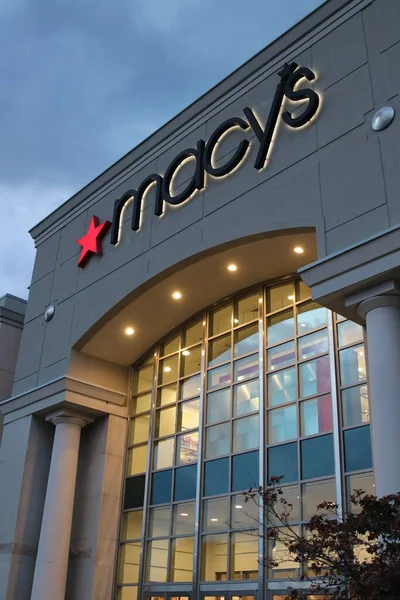
8. Macy’s Speeds Up Downsizing
Macy’s will close 66 stores in 2025 as part of the department store chain’s effort to shut a total of 150 underperforming locations by 2026. Macy’s is shifting its investment to the remaining “go-forward” fleet of 350 units and smaller, off-mall formats as it grows. The change is part of a larger shift in which traditional department stores are ceding share to the off-price and specialty players.
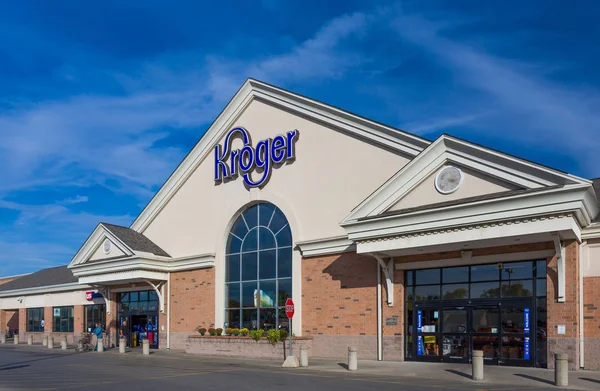
9. Kroger’s 60-Store Pullback
In the next 18 months, Kroger will close about 60 stores around the country while continuing to pursue expansion into high-growth regions. This is part of strategic realignment in a fiercely competitive grocery landscape with razor-thin margins, where performance varies wildly from region to region.
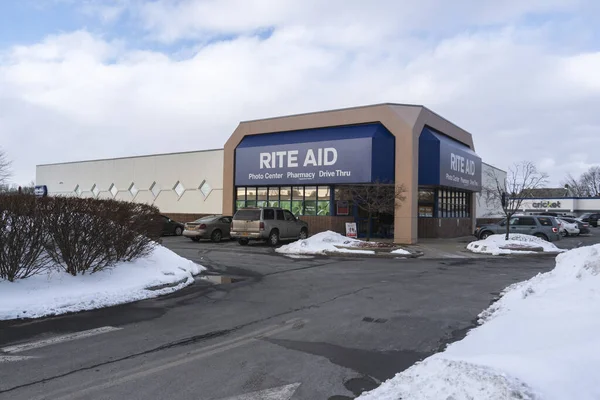
10. Rite Aid’s Final Chapter
Rite Aid has closed at least 54 remaining locations and sold off most of its footprint to rivals after declaring bankruptcy with 1,250 stores. Meanwhile, the weight of debt, big-box and online competition, and operational hardship have quickened the demise of the chain. The company’s collapse means fewer players in the consolidating pharmacy sector.
It is more than a list of lost storefronts-the wave of closures in 2025 is a map of shifting consumer priorities, competitive pressures, and overburdened strategies. Where some brands retreat to survive, others seize the opportunity to expand into vacated spaces. For communities, the challenge will be adapting to a retail landscape where fewer physical stores serve as both shopping destinations and local economic anchors.


